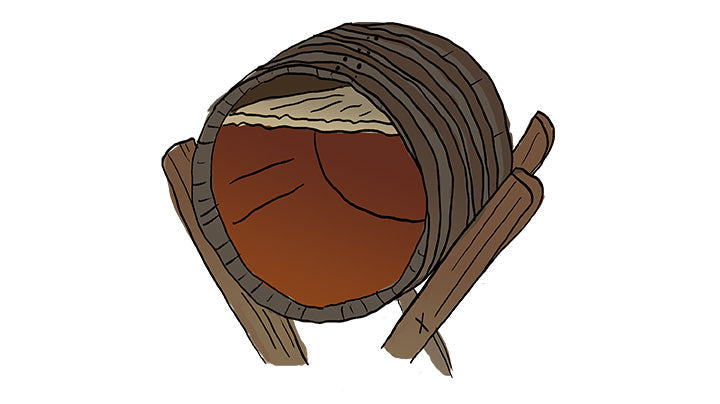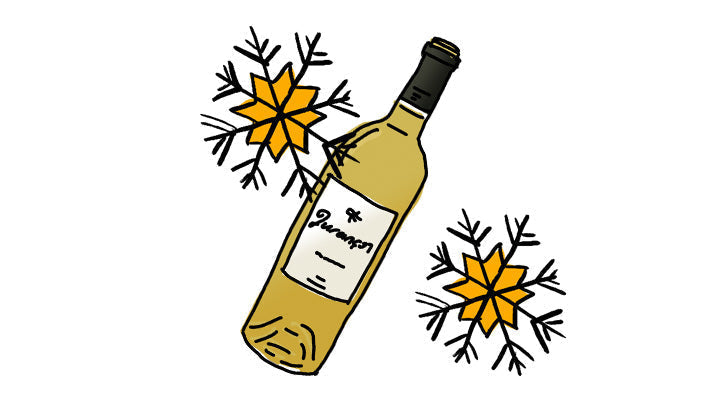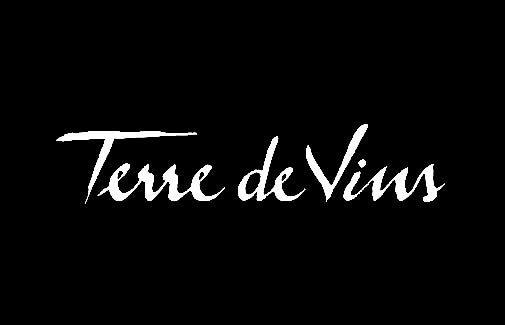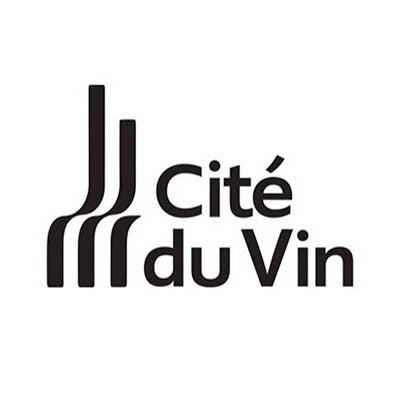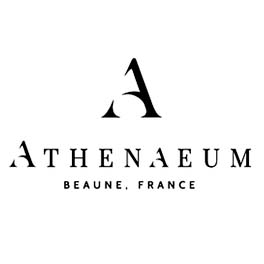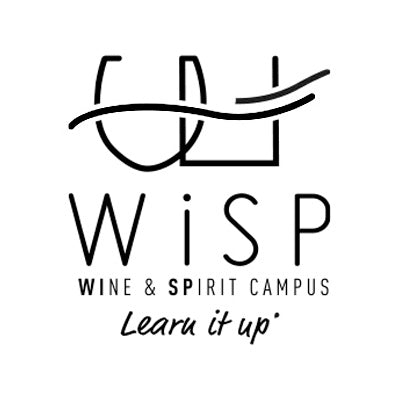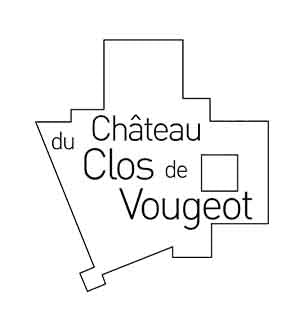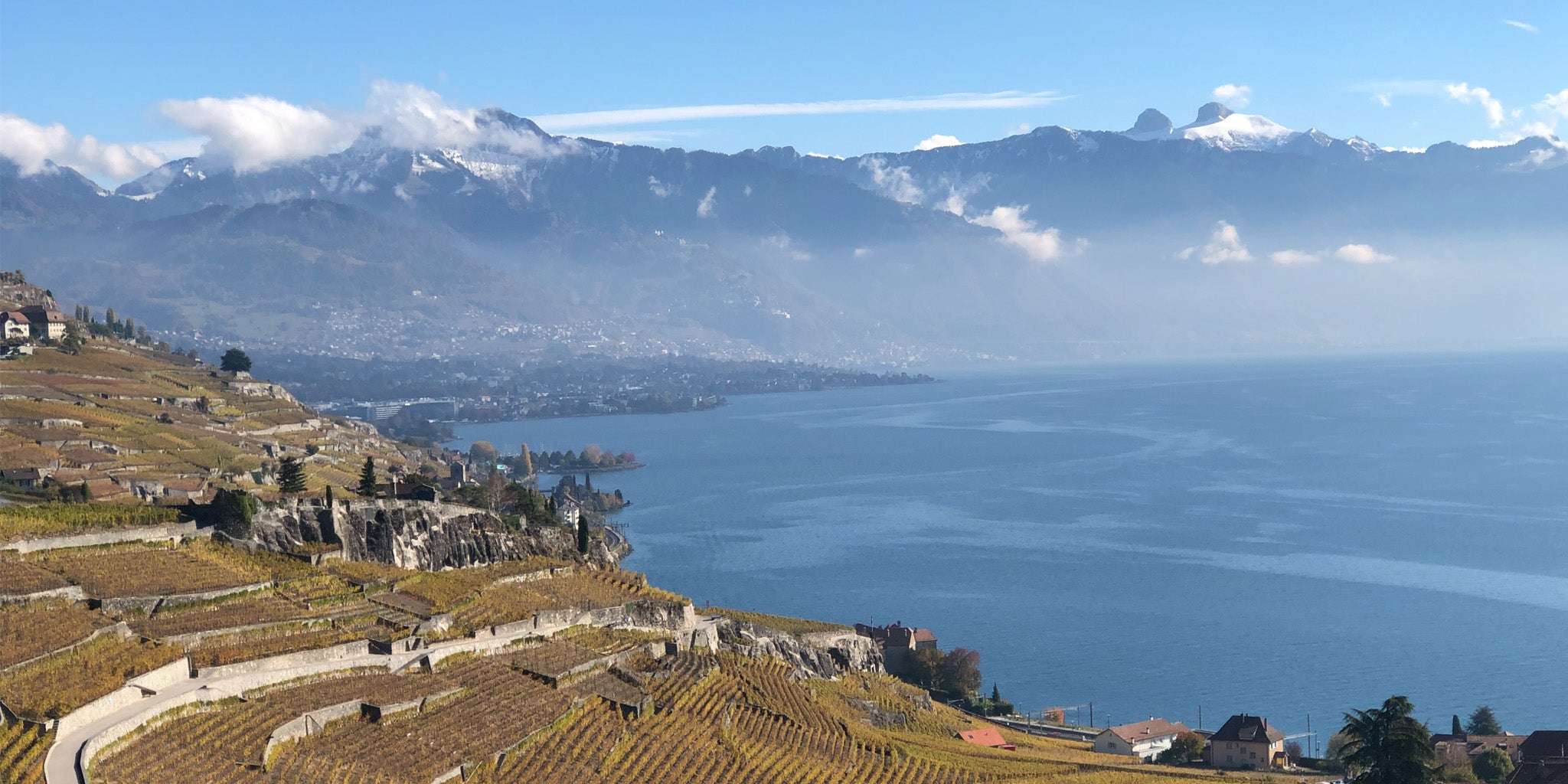Merlot, cabernet sauvignon and cabernet franc for red wines. Sémillon, sauvignon blanc and muscadelle for white wines. These are the major grape varieties of the largest French wine growing area. It also allows petit verdot, malbec and carménère (blacks) and colombart, merlot blanc, sauvignon gris and ugni blanc (whites).
In June 2019, seven additional grapes varieties have been allowed (only for Bordeaux and Bordeaux Supérieur AOCs) to adapt to climate change: touriga nacional, arinarnoa, castets and marselan (reds), albarino, petit manseng and liliorila (whites).
Bordeaux winemakers gain in-depth knowledge of each of these grape varieties, their characteristics, optimal microclimates and soils. They master the art of blending, making it a hallmark of Bordeaux winemaking. Winemakers play with grape varieties, plots, winemaking and maturation options, to reach the best possible wine, emphasising the peculiarities of each vintage while keeping a style unique to their house.
Why blending in Bordeaux?
There are strong vintage variations due to weather variability in this maritime region (spring frosts, hail and untimely rain episodes, drought periods). Blending will therefore bring more balance and complexity to the wines. For instance, in a rainy year where cabernet sauvignon struggle to ripen fully, a bigger proportion of merlot will enter into the blend because it ripens earlier. The opposite will happen in a sunny and warm vintage. Blending can also minimise some faults if part of the grapes are underripe.
A widespread practice in Bordeaux, mainly in Classified Growth, is to produce different wine qualities: highest quality grapes will enter into the first wine ("premier vin"), then into the second wine ("second vin"), until the third wine ("troisième vin"). The quality will be lower in the second and third wines, but they should be in line with the spirit of the first wine.
Single-varietal wines
At the opposite, some winemakers in Bordeaux take on the challenge of making single-varietal wines. I tried very nice single-varietal red wines from merlot, petit verdot, malbec and carménère. For white Bordeaux, there is a large selection made out of one grape variety, usually sauvignon blanc. Which can be a marketing asset: with the development of New World wines, consumers are increasingly making their choice based on the grape variety/ies of the wine because it is simpler than appellations.
Blending is subject to much debate, some saying it doesn't reflect the true expression of the terroir and it can be too much artifices. Other rather thinking that blending is a remarkable and subtle art, simply emphasising what nature gave to the winemaker. And in bad vintage, when this nature is not kind, blending is just necessary to reach an acceptable or good quality wine and/or enough volume to guarantee a revenue to the winemaker.
No secret for a successful blend, it's all about the experience and devotion of the winemaker and its team, and a good boost from mother nature.

